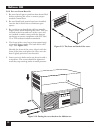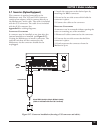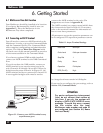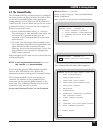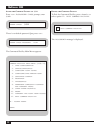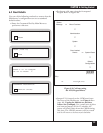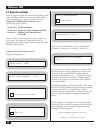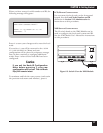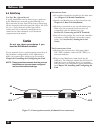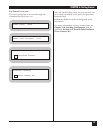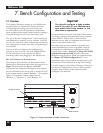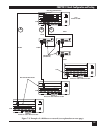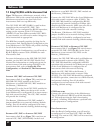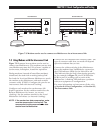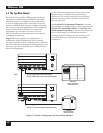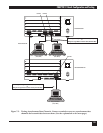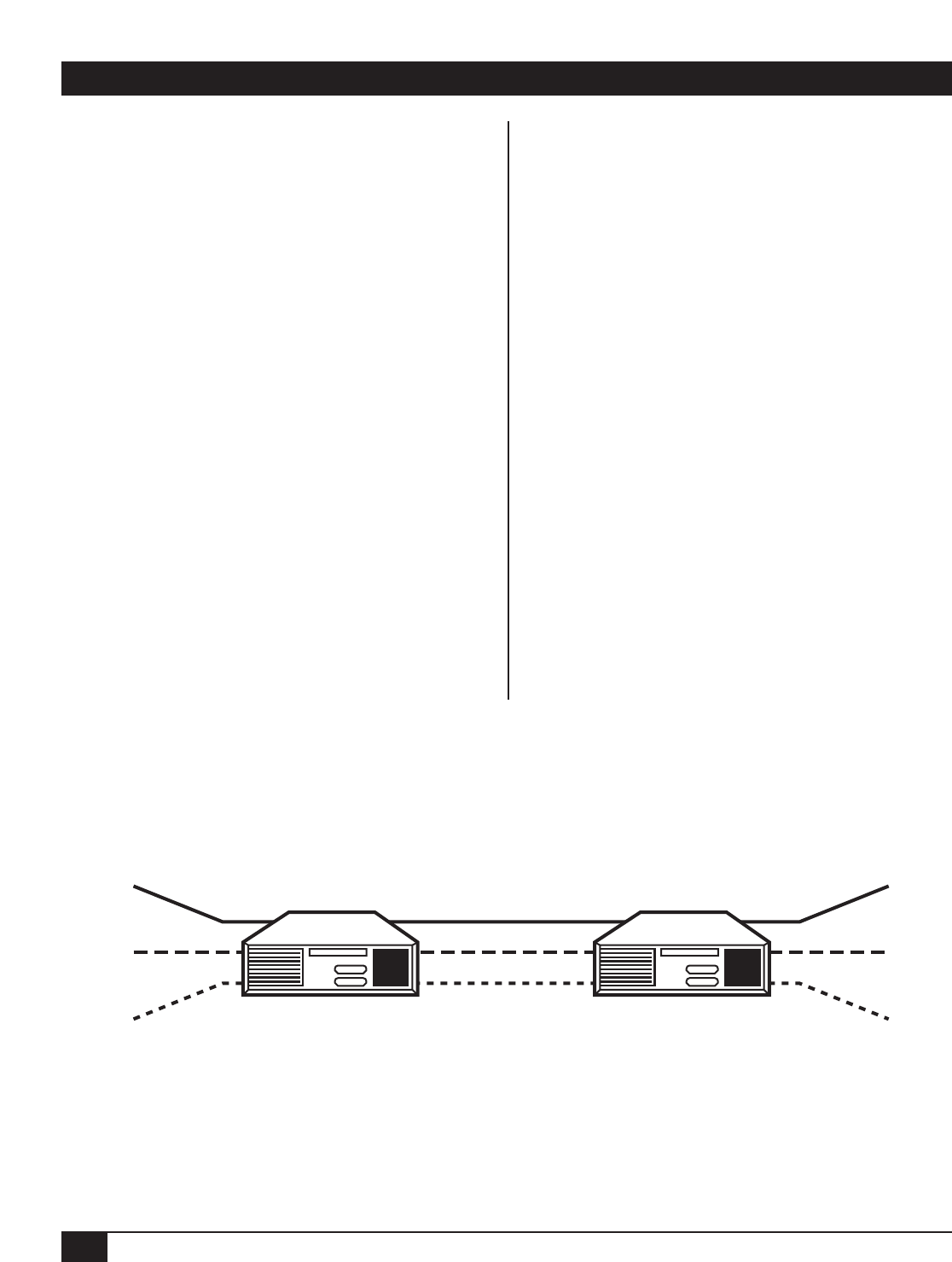
Multiserver 5000
58
6.6 Quick Setup
CAN YOU DOAQUICK SETUP?
A quick installation can be done to get a point-to-
point Multiserver network up and running in a
short amount of time. You will be force-connecting
all the channels within the network (A2 to A2, A3 to
A3, etc.). Only channels of like type will be
connected. Voice channels cannot be force-
connected to data channels, so all hardware
components must match.
Caution
Do not use these procedures if you
have the RLB Module installed.
If your network is not a point-to-point network or if
the hardware configuration of the Multiservers
differ, you cannot do a quick set up. Proceed to
Chapter 8.0, Installing and Configuring the Link.
NOTE: These procedures assume that the ports on
the Multiserver have not been configured
and have their default settings.
PRELIMINARY STEPS
• All modules should be installed in the base unit
(see Chapter 5.0, Module Installation).
• Install your Multiservers at their locations (see
Chapter 4.0, Base Unit Installation).
• Hook up a terminal to any asynchronous port.
Make sure the terminal characteristics are
compatible with the Multiserver (see
Section 6.2, Connecting an ASCII Terminal).
• You will need to assign the local node a number
and name to differentiate it from the remote
node. (See Section 6.6, Naming the Local
Node.)
T
HE INTERCONNECT LINK
• Hook up the interconnect link using either
CSU/DSU modules, external CSU/DSUs, or
external modems.
• Plug in your Multiserver and check the A1
indicator. The indicator should be off. If the A1
indicator is on or flashing, there is a problem
with the link; you cannot do a quick installation.
See Chapter 8.0, Installing and Configuring the
Link.
Figure 7-1. Point-to-point network, all channels force-connected.
A3
A4
B12
A3
A4
B12



